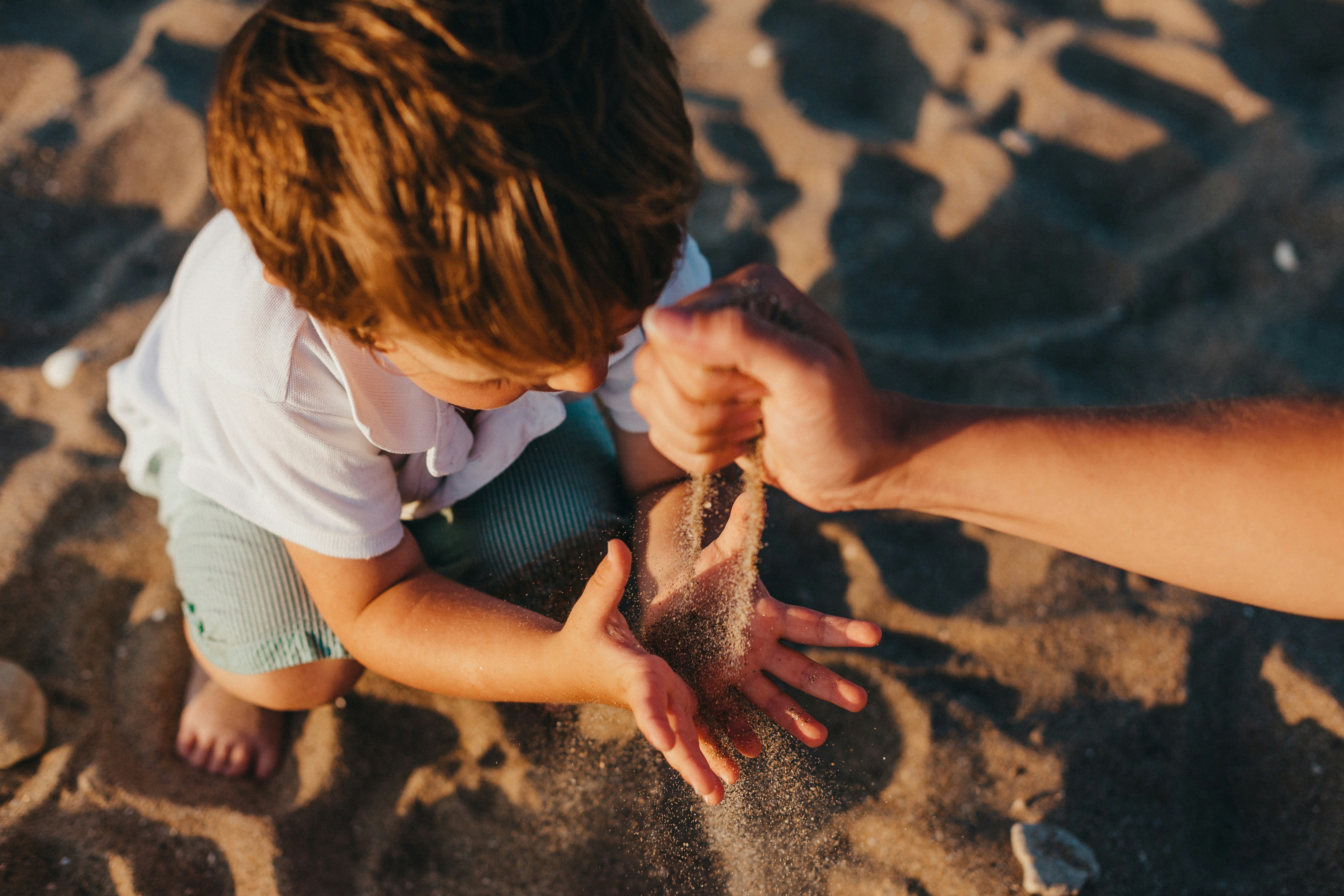

Touch is your child's first language—literally. But the tactile system isn't just about physical sensation; it's intricately woven into emotional development, social connection, motor skills, and even learning. When your child refuses certain textures or seeks out messy play, their brain is gathering crucial information about their world—and themselves.
Download the One-Pager
You’ve seen it: your child refuses to wear socks because of the seams, melts down when hands get sticky, or can’t stop touching everything in the grocery store.
It’s not “picky,” “dramatic,” or “bad manners.” It’s their tactile system — the brain’s touch translator — doing its best with the information it’s getting.
The skin is the body’s largest organ, with millions of tiny sensors that pick up pressure, temperature, vibration, and texture. Think of it as a 24/7 news feed to the brain. The tricky part? That feed isn’t always filtered evenly.
The brain’s touch filter lets in too much information. Light or unexpected touches can feel startling or even painful.
You might see: avoiding certain fabrics, getting upset over hair brushing, shrinking from casual touch.
The brain doesn’t register touch strongly enough, so kids seek more intense input.
You might see: high pain tolerance, not noticing food on face, preferring tight clothes.
The brain actively craves more touch input — especially varied textures or deep pressure.
You might see: constantly touching people/objects, rubbing hands on surfaces, enjoying rough play.
Think of it this way: The tactile system is the quality control department for how your child moves through the world. If it flags something as “off,” the whole operation slows or stops.
You’re meeting your child’s touch needs instead of forcing them to power through discomfort or under-stimulation — which keeps their whole system calmer and more engaged.
Some kids are over-responsive in one touch context but under-responsive in another — loving deep pressure but flinching at light touch, for example. These patterns can shift daily, especially with changes in stress, clothing, or temperature.
Seeing these patterns helps you offer the right tactile input at the right time.
Parent Takeaway: Touch is never “just touch.” It’s a direct line to your child’s comfort, focus, and sense of safety — and it works best when you respect their unique sensory thresholds.
If you want to know exactly how touch signals travel, why kids can be “picky” with textures, and how this shapes learning and emotions — this section’s for you.
Touch signals connect directly to limbic circuitry (including the amygdala), explaining why certain textures can trigger strong emotional reactions.
References: Ayres, 2005; Cascio et al., 2019; McGlone et al., 2014; Porges, 2011.
Educational Content Only
This resource presents neuroscience-based frameworks as one helpful way to understand your child's experiences. It's designed to complement—never replace—professional clinical services, medical advice, or therapeutic interventions.
Trust Your Instincts
Every child's brain works differently. You know your child best, and what resonates for one family may not apply to another.
This content is developed with care, backed by research, and offered with respect for your family's unique journey.